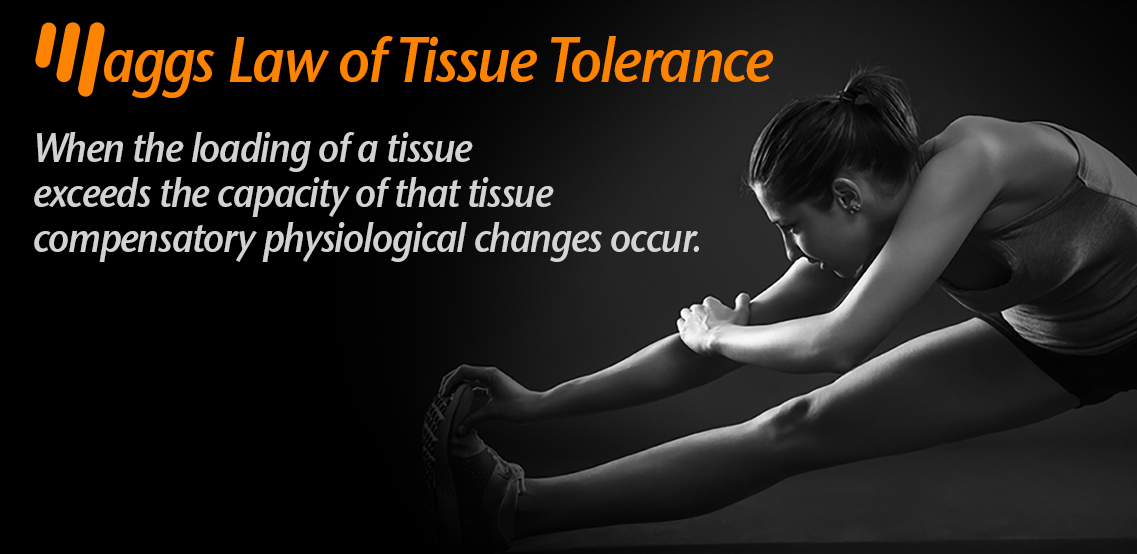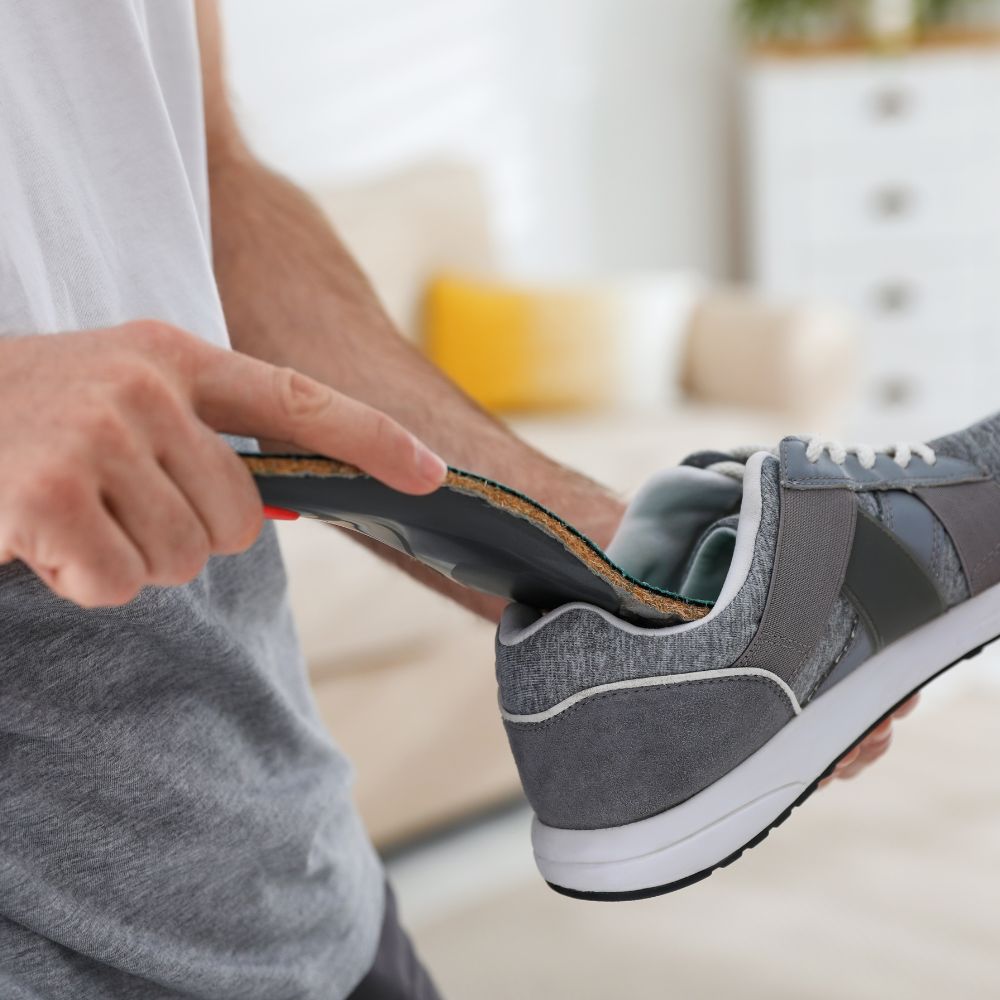
01
Dr. Maggs® Law of Tissue Tolerance
The Dr. Maggs® Leg Length Test is based upon an important premise: When the loading of a tissue exceeds the capacity of that tissue compensatory physiological changes occur.

The Dr. Maggs® Leg Length Test is a simple yet powerful tool designed to help individuals identify and correct one of the most common and overlooked causes of musculoskeletal imbalance—leg length discrepancy. Developed as part of the Feet First System, this test offers a practical, accessible solution to improve posture, reduce abnormal stress on the body, and prevent injury.
Most people suffer from some degree of arch collapse and uneven leg length, which leads to tilted hips, spinal misalignments, and chronic joint overload. Left uncorrected, these imbalances can contribute to a wide range of conditions including plantar fasciitis, hip or knee pain, low back issues, and sciatica.
By supporting the arches and correcting hip height imbalance, this process can improve a person’s biomechanics by up to 50%. It’s a game-changing first step for anyone dealing with one-sided pain or chronic musculoskeletal issues.
For a more complete biomechanical evaluation and to determine your unique Actuary Alex℠ pattern (a classification system based on femoral head height changes), two x-rays—one barefoot and one with orthotics—can be compared.


The Dr. Maggs® Leg Length Test is based upon an important premise: When the loading of a tissue exceeds the capacity of that tissue compensatory physiological changes occur.
Dr. Maggs' research has shown that everybody falls into one of 5 misalignment categories. It is essential to identify which category the patient falls into to construct the appropriate treatment.
.jpg)

Good quality foot orthotics are the first step in the prevention of injuries. Dr. Maggs' revolutionary ideas are based on 8 peer reviewed medical studies of over 1,000 patients. His research proves that symmetrical feet and balanced hips are the keys to preventing injuries.
Why an x-ray? Dr. Maggs found 60% of all patients still had unbalanced hips while using orthotics and 22% had hip heights that were even worse (compared to their barefoot x-ray)! But symmetry and balance can be achieved by making a simple adjustment to the insole.
.jpg)